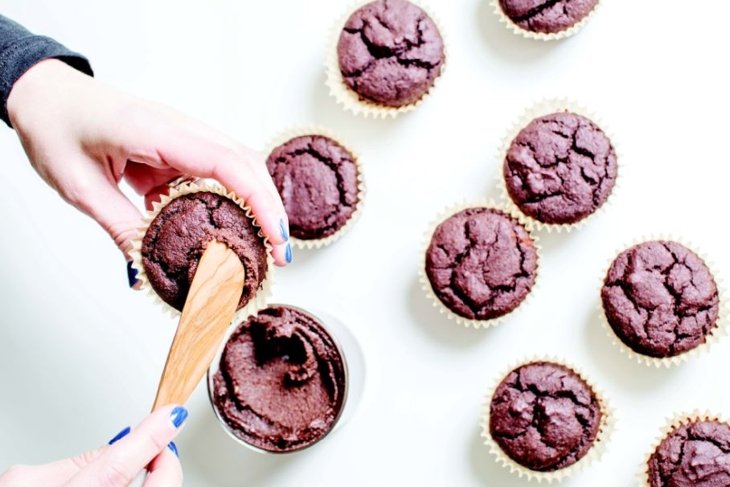
Once in a while, a cookbook comes along that makes you think, “I would actually make all these recipes. And I’m starting tonight!” If you’re really lucky, that same cookbook will offer new insights into the health benefits plant-based eating. Its opening pages might even answer the nutrition questions that have been gnawing at you (like “How can my kid get enough calories on a plant-based diet?” or “What the heck are omega-9 fatty acids?”).
Eat More Plants: Over 100 Anti-Inflammatory, Plant-Based Recipes for Vibrant Living* does all that, plus something even more impressive. The author, registered dietitian and frequent alive contributor Desiree Nielsen, tackles a serious health issue: the prevalence of inflammation today. But while taking a deep dive into the consequences of chronic inflammation and the best way to eat for it, she keeps things light and doable. There’s no “stick to this diet plan—or else!” overtone. Instead, there are suggestions that stem from one simple directive that’s right in the title.
“Eat more plants,” writes Nielsen. “Drink more water. Cook more often. Make eating well a positive, joyful process.”
Want a taste of how she balances nutrition textbook-quality intel with fun recipes? Here’s her description of inflammation, plus one of her shockingly tasty dishes to soothe it: anti-inflammatory cupcakes!
Healthy Breakfast Cupcakes with Salted Chocolate Frosting

“Aquafaba is the fancy name for the liquid in canned chickpeas,” writes Nielsen. “It makes for an excellent egg replacement in baking. Buy good-quality, no-salt-added canned chickpeas, drain the liquid into a small glass jar with a lid, and store in the fridge for 3 to 4 days.”
(Easy-chickpeasy!)
From Eat More Plants: An intro to inflammation—and why it’s very, very important
I have been practicing anti-inflammatory nutrition for a decade; what was once a very edgy, controversial topic in wellness is now widely accepted. Hundreds of thousands of studies later, we understand that chronic inflammatory responses are harmful to human health. Because of this, it can be easy to forget that you actually need inflammation. In fact, you cannot live without it. Inflammation is your immune system’s first line of defense in the war against infection and injury. If you cut yourself in the kitchen or hurt your ankle on a run, inflammation is your body’s way of healing you.
Unlike the way your immune system makes antibodies that respond to specific threats, inflammation is non-specific and initiated within seconds. That redness on your skin and the heat you feel when you get hurt are your blood vessels dilating. Neutrophils and mast cells—immune cells that are present throughout your body—cause blood vessels to dilate when they sense damage by releasing chemicals like histamines. Histamines also make blood vessels leakier so the immune cells can squeeze through vessel walls to reach your injury. Your immune cells coordinate this dance with expert efficiency, not only cleaning up the damage but also chemically coordinating with fellow mediators of immune function, such as cytokines, to organize the inflammatory defense. Then, just as expertly, when the infection is eradicated and any damage is repaired, the immune system lets the active immune cells die off and the inflammatory response is over.
That is inflammation at its best, a process referred to as acute inflammation. You have an injury, inflammation fixes it, and then your immune system returns to its peaceful baseline. Except sometimes, it does not work that way.
Make it even healthier!
Most bakers use Dutch-process cocoa, which has fewer flavonoids than natural cocoa. If you want to up the flavonoids in this recipe, use natural, non-Dutched cocoa powder, which leads to a less fudgy, milder taste.










